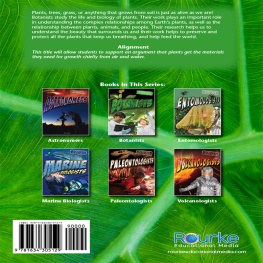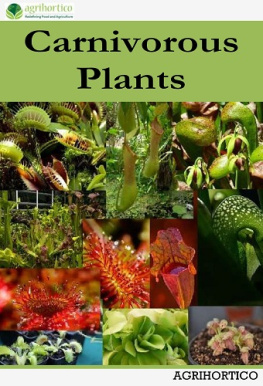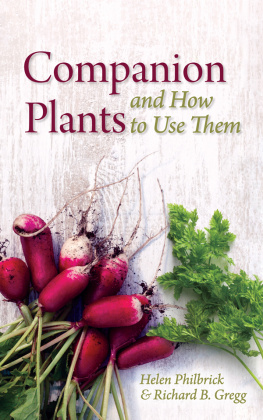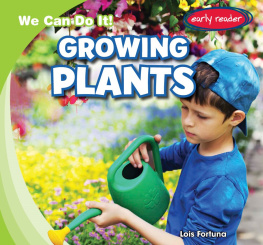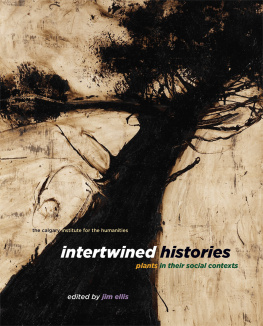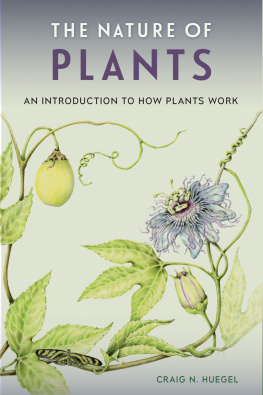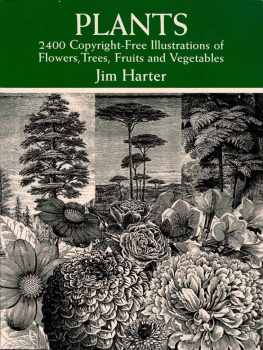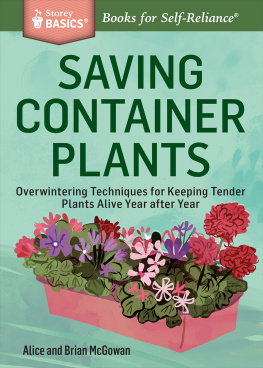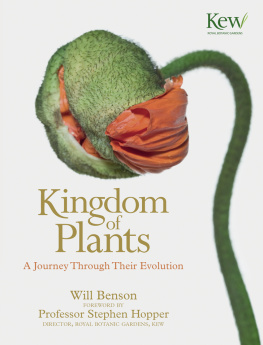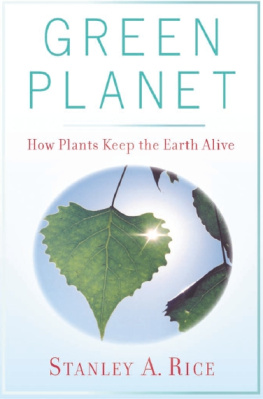Table of Contents
Guide

Before & After
Reading Activities | Level: Q Word Count: 2,714 words 100th word: about |
Before Reading:
Building Academic Vocabulary and Background Knowledge
Before reading a book, it is important to tap into what your child or students already know about the topic. This will help them develop their vocabulary, increase their reading comprehension, and make connections across the curriculum.
Look at the cover of the book. What will this book be about?
What do you already know about the topic?
Lets study the Table of Contents. What will you learn about in the books chapters?
What would you like to learn about this topic? Do you think you might learn about it from this book? Why or why not?
Use a reading journal to write about your knowledge of this topic. Record what you already know about the topic and what you hope to learn about the topic.
Read the book.
In your reading journal, record what you learned about the topic and your response to the book.
After reading the book complete the activities below.
Content Area Vocabulary
Read the list. What do these words mean?
atmosphere
biology
conservation
deforestation
diversity
ecosystem
extinct
fragrance
genes
genomics
habitat
herbarium
photosynthesis
pollination
reproduce
sustainable
After Reading:
Comprehension and Extension Activity
After reading the book, work on the following questions with your child or students in order to check their level of reading comprehension and content mastery.
Why is it important that botanists work with other scientists such as ecologists? (Summarize)
What could happen if plants were destroyed? (Infer)
In what ways are you similar to a plant? (Text to self connection)
How is the study of plants connected to the study of diseases? (Summarize)
What role do plants have in ecosystems? (Asking questions)
Extension Activity
Using what you learned in the text, create a diagram that explains plant pollination. Be sure to label and explain each step. Present your diagram to your teacher, classmates, or parents. Do they understand pollination?
ITS ALIVE!
The Sun sets over a lonely desert. Near the bottom of a rocky ridge, a scientist sits near a small group of wildflowers. As pretty as the flowers are, the scientist is not there simply to admire their yellow petals. She is a botanist at work in the field, trying to understand some of the longest-running mysteries of life on planet Earth.

FIELD NOTES
A botanist is a scientist who studies plants. Like doctors who specialize in a wide range of medical studies, botanists can be experts in many different matters of plant life.

It is easy to know that people are alive. They can move, speak, and do all sorts of things that show they are living, breathing, and thinking. The same is true for animals. But what about plants?
Sometimes the easiest way to know a plant is living is to notice its growth. Some plants grow slowly. Others can grow quickly enough to see changes almost every day.

Bamboo trees are among the fastest-growing plants on Earth. In the right conditions, some bamboo trees can grow as much as 35 inches (.89 meters) in a single day!

The Saguaro cactus grows very slowly. In its first 10 years of life, a single cactus will grow to be less than two inches (five centimeters) high. But they can live to be 200 years old, and eventually reach 40 to 60 feet (12-18 meters) in height.
, and they can adapt to conditions around them.
BREAKTHROUGH BOTANIST

Carl Linnaeus
1707-1778
Though humans have harvested, eaten, and even used plants as medicine throughout history, the science of botany has blossomed in recent centuries. In the 1700s, Swedish scientist Carl Linnaeus helped make sense of the of Earths plants and animals by classifying all living things based on physical characteristics. As a botanist, he classified plants based partly on how they reproduced. Linnaeuss ideas and research became central to botanical understanding long after he died. His work remains important to this day.
Scientists use the Greek words Plantae and Animalia to classify things as plants or animals. The Kingdom of Plantae includes all known species of plants, just as the Kingdom of Animalia includes all known species of animalsincluding human beings.
FIELD NOTES
| KINGDOM PLANTAE |
 Mosses | 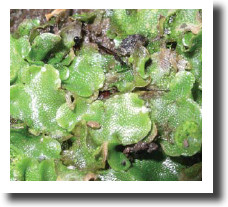 Liverworts |
 Ferns |  Club Moss |
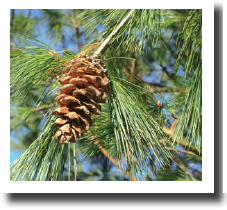 Cone-Bearing Plants | 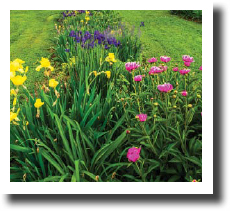 Flowering Plants |
of plants. Their work plays an important role in understanding the complex relationships among Earths plants, as well as the relationship between plants, animals, and people.
Breakthroughs in plant understanding, whether from the tiny Wolffia plant, or the giant Sequoia tree, happen because of previous scientific research. We know things about the nature of plants that previous generations could not have imagined. This is true thanks in large part to the efforts of botanists.

Watermeal plants, also called duckweed, are the smallest flowering plants on Earth. Each tiny speck is an individual plant.


